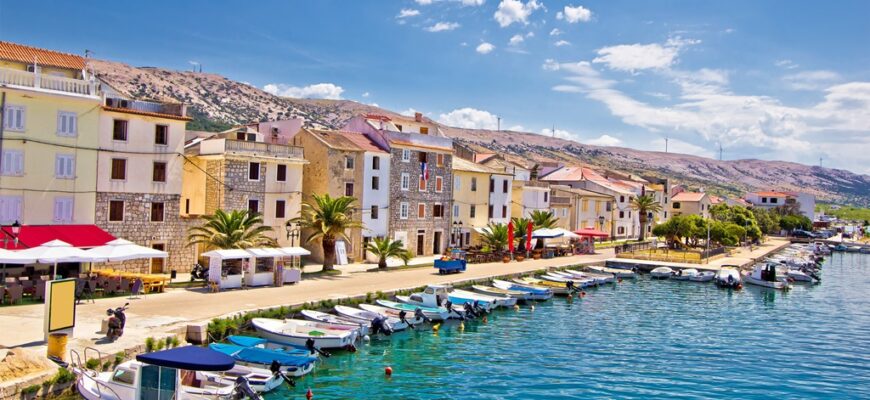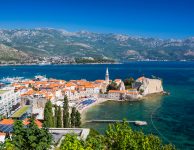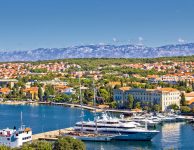Pag Island home to one of the oldest documented sources of drinking water in Europe
The spring of drinking water (Fonte Magnum) in the Old Town of Pag island is one of the oldest documented springs in Europe, which has existed continuously from the early Middle Ages to the present day. Unfortunately, in the middle of the 20th century, it was primarily destroyed by remodeling the retaining walls on the surrounding lands, but it still exists.
The spring is mentioned in documents from the early Middle Ages, but also later, in documents (grants, wills, sales contracts), as a reference point for marking positions in the area of individual estates or houses (eg “south of Fonte Magnum”).
Fonte Magnum
The Pag Fonte Magnum is also mentioned in the first Pag Cadastre, the Cadastre of All Countries and Buildings of Pag from 1452, made by Venice. The spring was located in the upper, western part of the city. The water that flowed from it ruled the stream that passed at the foot of the citadel with the Church of the Assumption of Mary, continued lower, to the lower part of the city, passing along the square, about 200 steps north of the City Hall and continued further, to the shore, pouring into the sea between the Great Pier and the Little Pier.
The remains of buildings in the lower part of the Old Town are the basis for the assumption that there was a well (perhaps more of them), filled with water from a stream. Traces also show that the people of Pag maintained the spring and the stream well, by fortifying the edge of its flow with stone blocks. In old documents, the Pag spring is regularly called Fonte Magnum, the Great Spring.
Historian Marko Lauro Ruić believes that the Fonte Magnum could be one of the reasons for the creation of Pag on the site of today’s Old Town. A great source is mentioned in three very old legends about Pag, which also confirms its great significance for the life of the people of Pag in their first town, which they left in the 15th century. The people of Pag built a new town, on the site where it is today, so that the tragedy of March 24, 1393, would never happen again. The new town of Pag had an extremely strong defense system and no one dared to attack it.
Pag people, however, never completely abandoned the Old Town. In the Old Town, there is the Church of the Assumption of the Blessed Virgin Mary with a statue of the Mother of God, in which the liturgy, once regular, has been held since the 13th century.
Source: Otoci.eu






